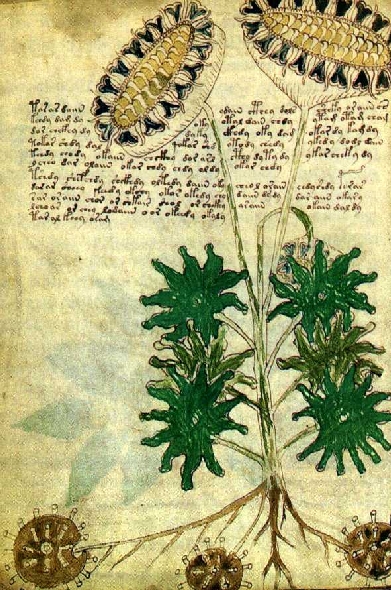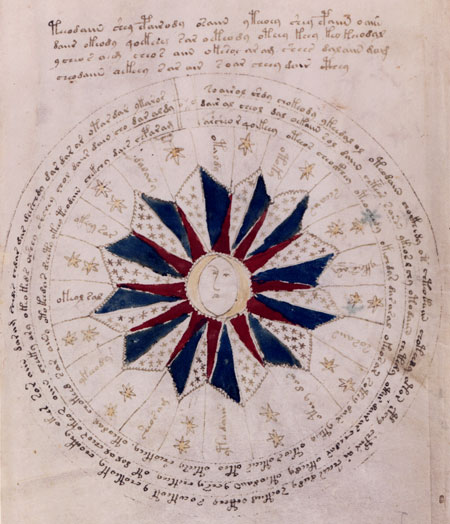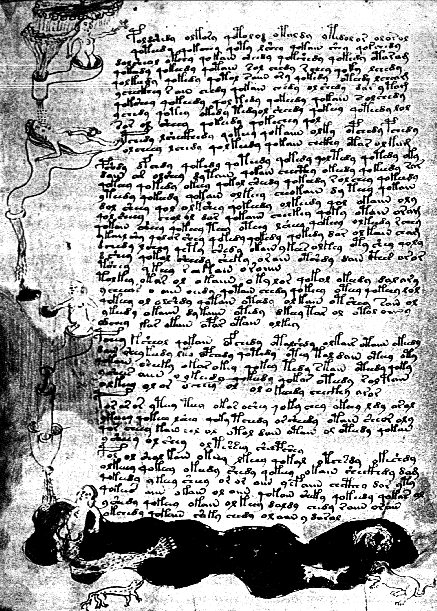Mothman is a legendary creature reportedly seen in the Point Pleasant area of West Virginia from 15 November 1966 to 15 December 1967. The first newspaper report was published in the Point Pleasant Register dated 16 November 1966, entitled "Couples See Man-Sized Bird...Creature...Something".
Mothman was introduced to a wider audience by Gray Barker in 1970,later popularized by John Keel in his 1975 book The Mothman Prophecies, claiming that Mothman was related to a wide array of supernatural events in the area and the collapse of the Silver Bridge. The 2002 film The Mothman Prophecies, starring Richard Gere, was based on Keel's book.
On Nov. 15, 1966, two young couples from Point Pleasant, Roger and Linda Scarberry, and Steve and Mary Mallette told police they saw a large white creature whose eyes "glowed red" when the car headlights picked it up. They described it as a "flying man with ten foot wings" following their car while they were driving in an area of town known as 'the TNT area', the site of a former World War II munitions plant.
During the next few days, other people reported similar sightings. Two volunteer firemen who sighted it said it was a "large bird with red eyes". Mason County Sheriff George Johnson commented that he believed the sightings were due to an unusually large heron he termed a "shitepoke". Contractor Newell Partridge told Johnson that when he aimed a flashlight at a creature in a nearby field its eyes glowed "like bicycle reflectors", and blamed buzzing noises from his television set and the disappearance of his German Shepherd dog on the creature.
Wildlife biologist Dr. Robert L. Smith at West Virginia University told reporters that descriptions and sightings all fit the Sandhill Crane, a large American crane almost as high as a man with a seven foot wingspan featuring circles of reddish coloring around the eyes, and that the bird may have wandered out of its migration route.
There were no Mothman reports in the immediate aftermath of the December 15, 1967 collapse of the Silver Bridge and the death of 46 people, giving rise to legends that the Mothman sightings and the bridge collapse were connected.
Claims of later sightings
UFOlogist Jerome Clark writes that many years after the initial events, members of the Ohio UFO Investigators League re-interviewed several people who claimed to have seen Mothman, all of whom insisted their stories were accurate. Linda Scarberry claimed that she and her husband had seen Mothman "hundreds of times, " sometimes at close range, commenting, "It seems like it doesn’t want to hurt you. It just wants to communicate with you. "
Cryptozoologist Loren Coleman claims that sightings of Mothman continue, and told USA Today he re-interviewed witnesses described in Keel's book who said Mothman was "a huge creature about 7 feet tall with huge wings and red eyes" and that "they could see the creature flapping right behind them" as they fled from it.
Paranormal
Some UFologists, paranormal authors, and cryptozoologists believe that Mothman was an alien, a supernatural manifestation, or an unknown cryptid. In his 1975 book The Mothman Prophecies, author John Keel claimed that the Point Pleasant residents experienced precognitions including premonitions of the collapse of the Silver Bridge, unidentified flying object sightings, visits from mysterious or threatening men in black, and other bizarre phenomena. However, Keel has been criticized for distorting established data, and for gullibility.
Skeptical
Skeptic Joe Nickell says that a number of hoaxes followed the publicity generated by the original reports, such as a group of construction workers who tied red flashlights to helium balloons. Nickell attributes the Mothman reports to pranks, misidentified planes, and sightings of a barred owl, an albino owl, or perhaps a large snowy owl, suggesting that the Mothman's "glowing eyes" were actually red-eye effect caused from the reflection of light from flashlights or other bright light sources. The area lies outside the snowy owl's usual range and locals, unfamiliar with such a large owl, could have misidentified the bird.
Folklorist Jan Harold Brunvand notes that Mothman has been widely covered in the popular press, some claiming sightings connected with UFOs, and others claiming that a military storage site was Mothman's "home". Brunvand notes that recountings of the 1966-67 Mothman reports usually state that at least 100 people saw Mothman with many more "afraid to report their sightings", but observed that written sources for such stories consisted of children's books or sensationalized or undocumented accounts that fail to quote identifiable persons. Brunvand found elements in common among many Mothman reports and much older folk tales, suggesting that something real may have triggered the scares and became woven with existing folklore. He also records anecdotal tales of Mothman supposedly attacking the roofs of parked cars inhabited by teenagers in lovers lanes.
Festivals and statue
Point Pleasant held its first Annual Mothman Festival in 2002 and a 12-foot-tall metallic statue of the creature, created by artist and sculptor Bob Roach, was unveiled in 2003. The Mothman Museum and Research Center opened in 2005 and is run by Jeff Wamsley.[13][14][15] The Festival is a weekend-long event held on the 3rd weekend of every September. There are a variety of events that go on during the festival such as guest speakers, vendor exhibits, and hayride tours focusing on the notable areas of Point Pleasant.
The Mothman legend centers around a horrific event that took place in Point Pleasant, West Virginia on December 15, 1967. On that cold December evening around 5pm, the U.S. Highway 35 Bridge, known as the Silver Bridge, collapsed. The Silver Bridge connected Point Pleasant, West Virginia and Kanauga, Ohio. Thirty-seven vehicles were on the Silver Bridge when it collapsed, sending 31 of those cars into the cold river water. Forty-six people perished and nine were seriously injured.
There are many who claim to have seen a mysterious creature that by then had come to be called the Mothman in the Point Pleasant area not far from the bridge. Many believe that this mysterious creature was involved either directly or indirectly with the bridge’s collapse. For almost thirteen months prior to the incident Point Pleasant residents claimed to have seen a man-sized bird creature. Shortly after the Silver Bridge collapsed there were a couple of sightings; then the Mothman seemed to have quietly disappeared.
The first Mothman sighting occurred in the early 1960s when a woman driving her car near the Chief Cornstalk Hunting Grounds stopped to avoid hitting what she thought was a man in the road. The figure turned to face her, its eyes glowing red from the headlights. It spread two large thin wings and took to the air.
Another sighting took place in 1965. A woman living on the banks of the Ohio River informed police her son had come in from playing and told her he had seen an angel in the yard.
A year later a doctor’s wife reported seeing what she described as a giant, thin butterfly. In November of the same year five men digging a grave reported seeing a brown human being with wings fly out of the trees.
Later that same month Mr and Mrs Scarberry and their friends the Mallettes were driving toward Point Pleasant when they saw a tall figure on the side of the road in an area known as TNT. They told officials that it stood at least seven feet tall. They also stated it had large wings folded behind its back. As they drove on the figure took to the air and flew above the car. They reported the incident to the Mason County Sheriff’s office. The Sheriff returned to the scene with the four witnesses, but although his radio acted up, nothing else was seen or heard.
The TNT area became known as the home of the Mothman. TNT is a large tract of land covered in many concrete igloos that were used to store ammunition during World War II. The TNT land tract sits adjacent to the 2,500 acre McClintic Wildlife Station. The whole area is covered in dense forest, steep hills and is riddled with tunnels, making it the perfect hideout.
Only three sightings were recorded in 1967. Then in 1968 the Mothman re-emerged with a vengeance. He was said to have been seen several times on Jericho Road. The Mothman made his last reported appearance on September 18, 1968 when several people witnessed the winged figure, again in the TNT area.
Long-time residents of Point Pleasant say that the Mothman sightings, UFO sightings and encounters with ‘men in black’ are all somehow related. Researchers, investigators and monster hunters descended on the small town.
Between 1966 and 1967, all told over 100 people stated they saw the winged Mothman. All reports had the creature standing close to seven feet tall with bat like wings that glided rather than flapped. They say the Mothman's eyes were near the top of its shoulders.
Reporter John Keel began collecting information on Mothman sightings in December of 1966. Keel compiled evidence that pointed to a problem with televisions and phones that began in the fall of 1966. Lights had been seen in the skies, particularly around the TNT plant, and cars that passed along the nearby road sometimes stalled without explanation. He and his fellow researchers also uncovered a number of short-lived poltergeist cases in the Ohio Valley area. Locked doors opened and closed by themselves, strange thumps were heard inside and outside of homes, and unexplained voices were heard in the night wind.
The James Lilley family, who lived just south of the TNT plant, were so bothered by the bizarre events that they finally sold their home and moved to another neighborhood. Keel was convinced that the incidents in the intense period of activity were all connected.
By 1969, most of the sightings had come to an end and the Mothman just faded away as quietly as he had appeared. However the Mothman’s legacy lives on in Point Pleasant. In the middle of the Gunn Park, which is in the center of Point Pleasant, stands an imposing stainless steel statue by local sculpture Robert Roach.
Every year in September the Mothman Festival is held, drawing thousands to the small community. One of the highlights of the Mothman Festival is the eerie TNT-area haunted hayride. The TNT area is literally unchanged since the Mothman sightings throughout the 1960s.
Who or what was the mysterious Mothman and what was behind the mysterious events that took place in Point Pleasant in that time period? Whatever the creature was, many historians believe that it was not a hoax. There were just far too many credible witnesses to dismiss it in this way. John Keel believed that Point Pleasant was a ‘window’, a place marked by long periods of strange incidents.
Whatever the Mothman was, he has marked his place in West Virginia’s rich and diverse history and traditions.
















